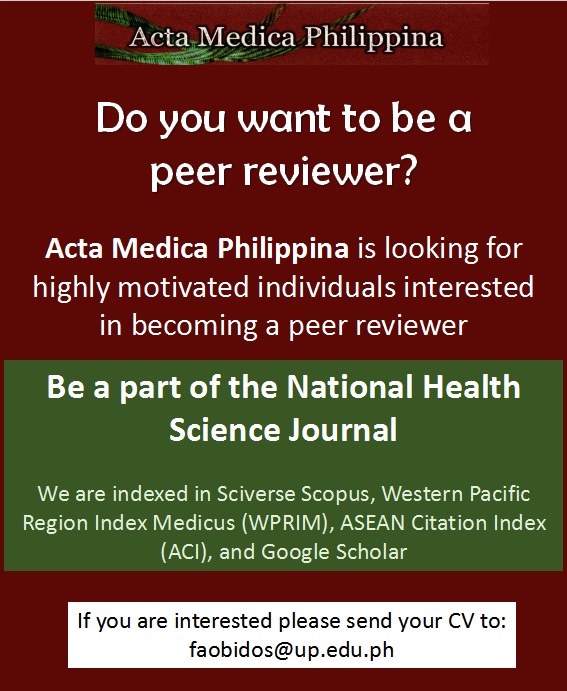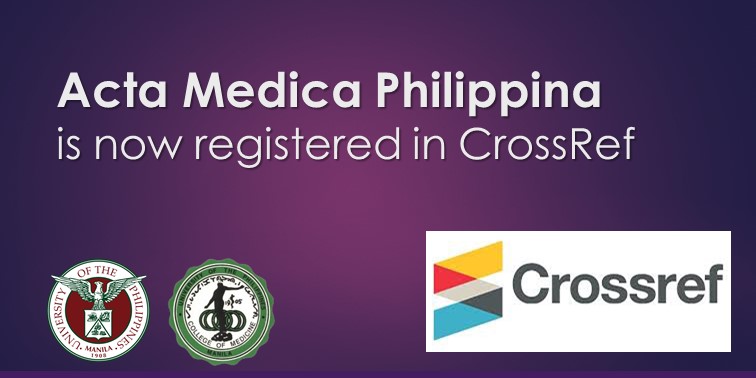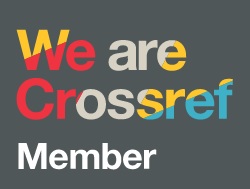Latent Tuberculosis Infection among Household Contacts of Drug-sensitive Pulmonary Tuberculosis Patients: A Cross-sectional Study from Medan, Indonesia
DOI:
https://doi.org/10.47895/amp.vi0.10048Keywords:
household-contact (HHC) investigation, IGRA, latent TB infection (LTBI), pulmonary TBAbstract
Background and Objective. The WHO advises the detection of cases of pulmonary tuberculosis (TB) in household contacts (HHCs). This activity allows for testing family members of TB patients for latent tuberculosis infection (LTBI) and detecting factors associated with LTBI. The purpose of this study is to identify LTBI and its associated factors among HHCs of TB patients.
Methods. An analytical cross-sectional study was conducted in Medan, Indonesia. Subjects were family members living in the same household as pulmonary drug-sensitive tuberculosis (DS-TB) patients and met the inclusion and exclusion criteria. Data collection involved interviews, chest X-rays, blood collection for Interferon-Gamma Release Assay (IGRA) analysis, and, if necessary, the Xpert MTB/RIF test to examine sputum. Subjects were classified as having LTBI if the IGRA test was positive, the chest X-ray results were normal or did not suggest TB, and there were no clinical symptoms indicative of tuberculosis.
Results. A total of 90 HHCs of TB patients were included; 30 subjects (29.41%) had LTBI, and 60 subjects (58.82%) did not have LTBI. The majority of subjects were female (76.6%), with a Mean±SD age and body mass index (BMI) of 41.17±15.33 years and 24.65±4.72, respectively. Variables such as gender, age, educational level, employment type, comorbidities, BMI, smoking, alcohol intake, and length of contact were not significantly associated with LTBI (p>0.05).
Conclusion. To achieve TB eradication, it is crucial to investigate household contacts of pulmonary TB patients. Individuals with LTBI can benefit from education and management of preventive TB treatment.
Downloads
Published
Issue
Section
License
Copyright (c) 2025 Acta Medica Philippina

This work is licensed under a Creative Commons Attribution-NonCommercial-NoDerivatives 4.0 International License.

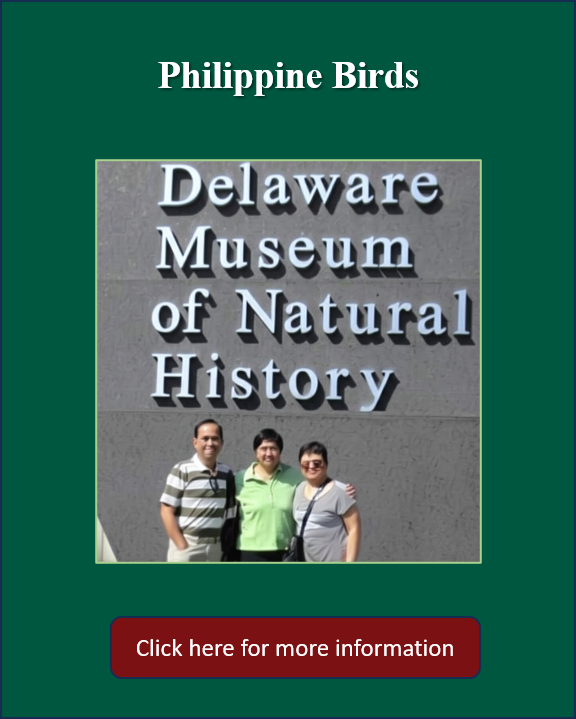
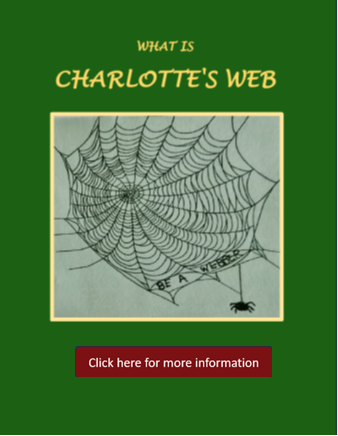
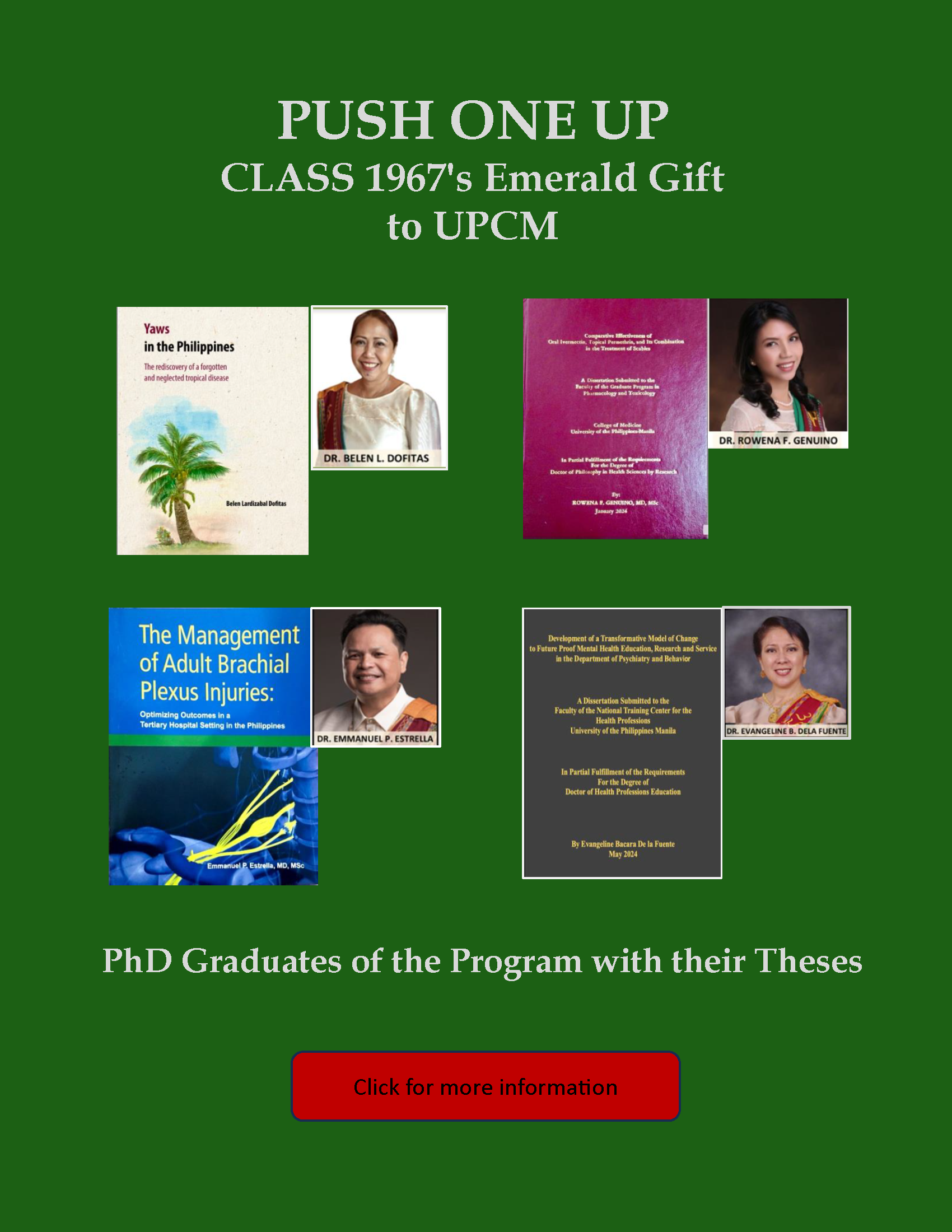
.jpg)
